Ship to: 43215 Update

Plants Filter
Current Filters
Mature Height
Sunlight
Plant Type
Fountain

Cayenne Sterile Fountain Grass
Starting at $57
30% Off
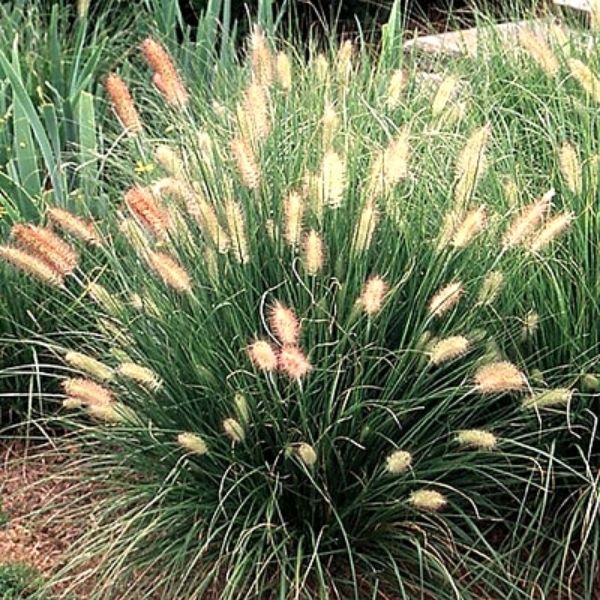
Dwarf Fountain Grass
Starting at $30
30% Off

Dwarf Fountain Grass 'Hameln'
Starting at $48
30% Off

Dwarf Fountain. Grass 'Hamelin'
Starting at $64
30% Off
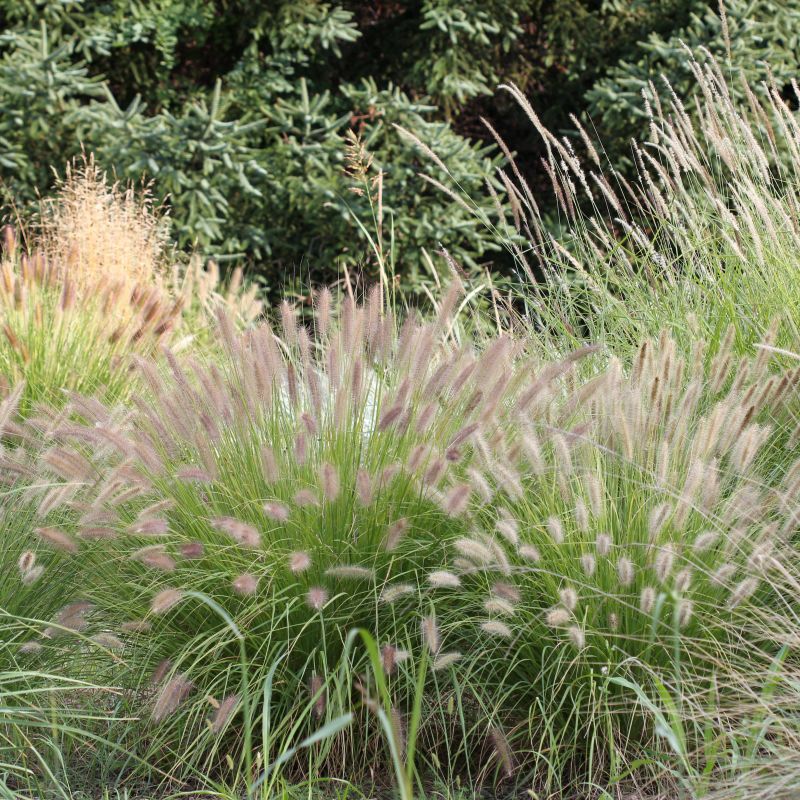
Little Bunny Fountain Grass
Starting at $50
30% Off
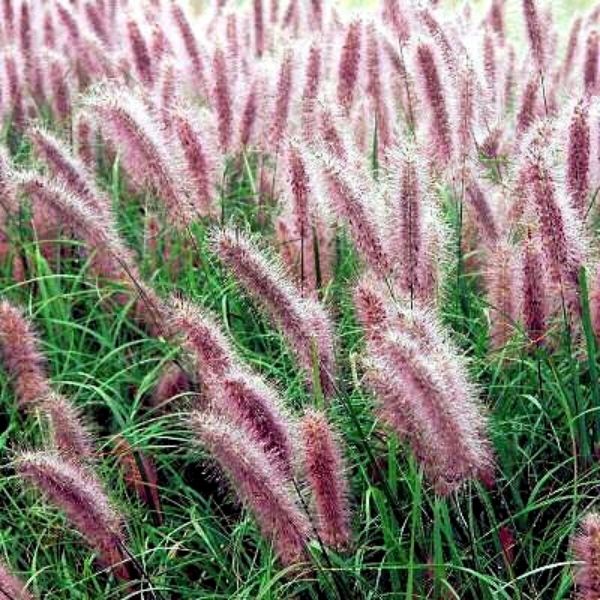
Redhead Fountain Grass
Starting at $33
30% Off

Purple Fountain Grass
Out of Stock
30% Off
Fountain
Fountain grass is a group of ornamental grasses belonging to the genus Pennisetum. These grasses are valued for their graceful, fountain-like growth habit, where the leaves and flower heads arch outward and downward like cascading water. Fountain grasses are popular in landscaping and gardening due to their attractive appearance, low maintenance, and versatility. They come in various species and cultivars, each offering unique colors and textures.
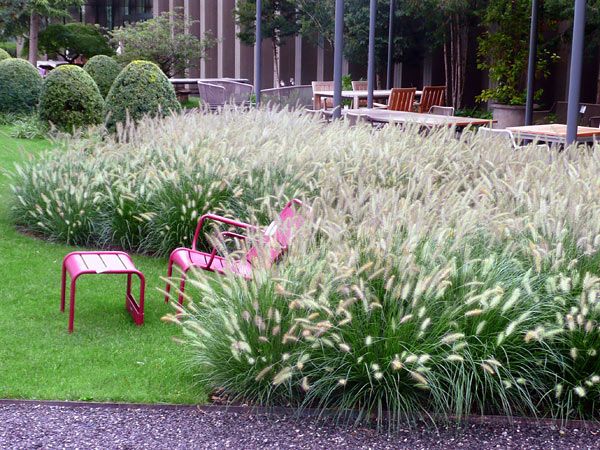
Common Varieties: There are several popular fountain grass varieties used in landscaping:
- Pennisetum alopecuroides (Fountain Grass): This is the most commonly grown species, with cultivars like 'Hameln' (compact and fluffy flower heads) and 'Moudry' (dark purple-black flower heads).
- Pennisetum setaceum (Purple Fountain Grass): Known for its striking purple-red foliage and graceful flower spikes. 'Rubrum' and 'Fireworks' are popular cultivars.
- Pennisetum orientale (Oriental Fountain Grass): A smaller species with fine-textured leaves and soft pink flower spikes.
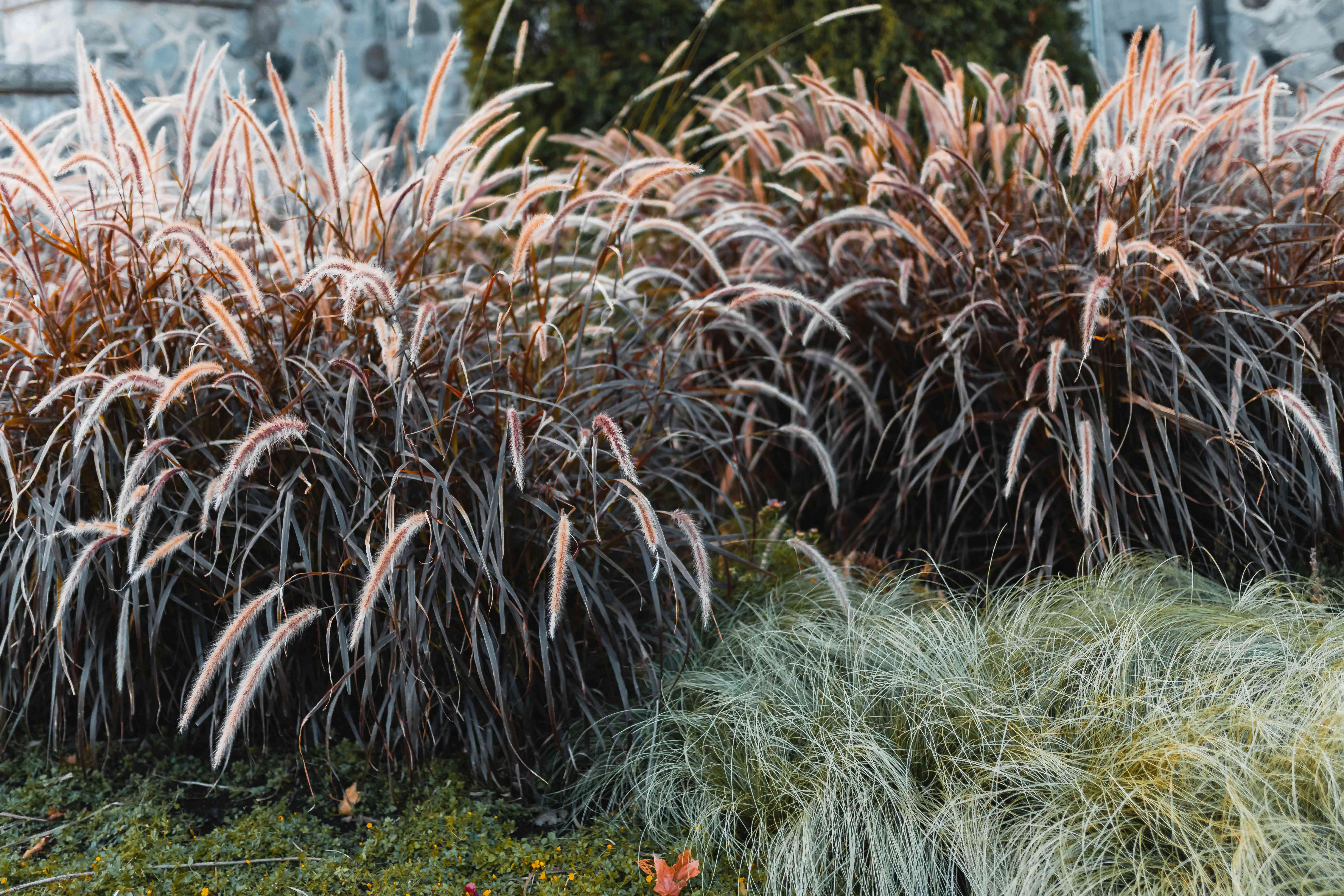
Care Tips:
- Sunlight: Fountain grasses thrive in full sun to part shade. They generally prefer at least 6 hours of direct sunlight per day.
- Soil: Well-draining soil is essential for fountain grasses. They can tolerate a variety of soil types but prefer fertile and loamy soil.
- Watering: Established fountain grasses are relatively drought-tolerant and require moderate watering. Water newly planted grasses more frequently until they establish their root systems.
- Fertilization: Fountain grasses generally don't require heavy fertilization. A balanced fertilizer applied in the spring can encourage healthy growth and flowering.
- Pruning: Cut back fountain grasses to about 6 inches above ground in late winter or early spring before new growth emerges. This helps remove dead foliage and encourages fresh growth.
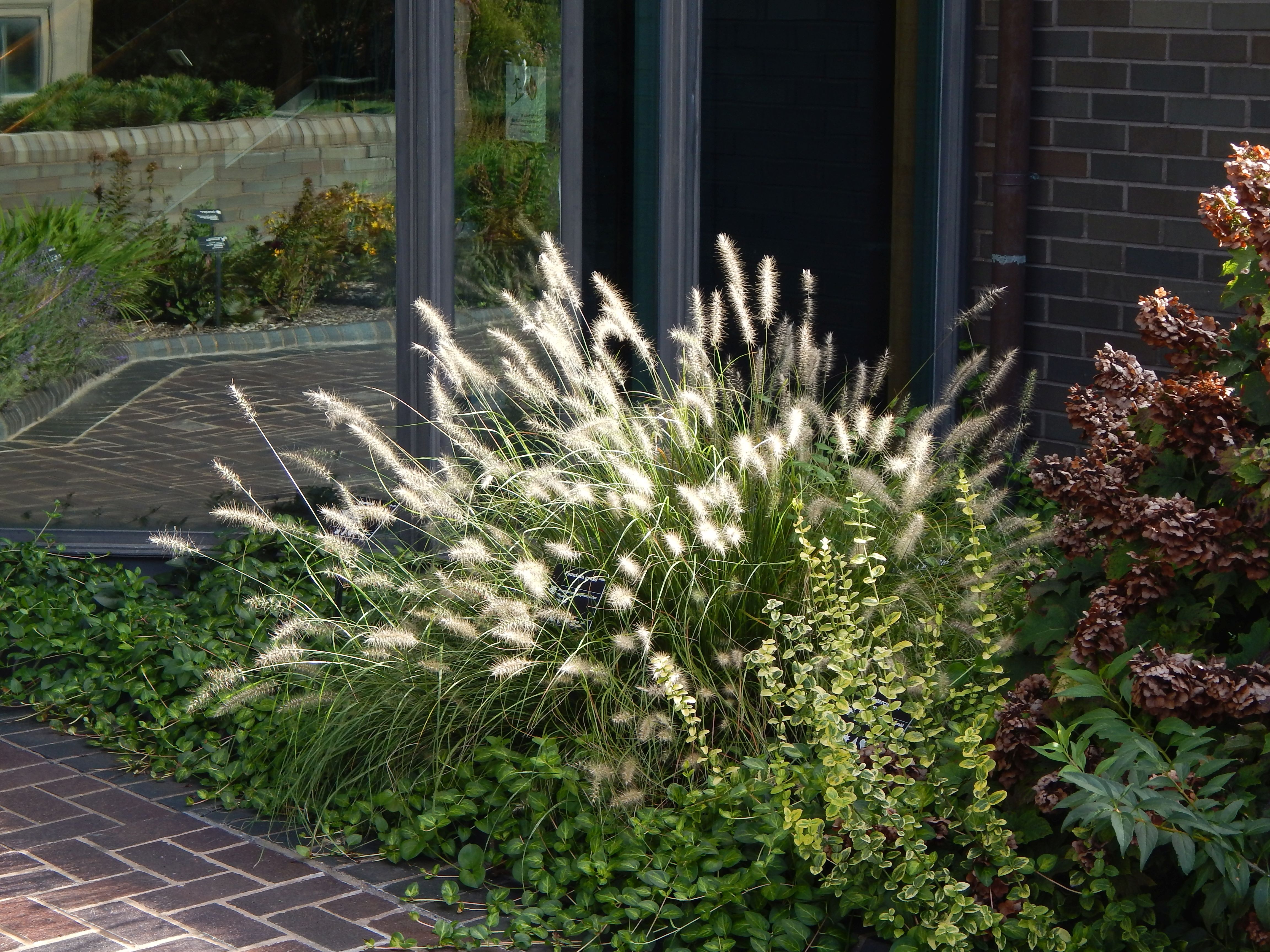
Uses:
- Ornamental Grass Beds: Fountain grasses are commonly used in ornamental grass beds or as specimen plants in landscapes for their elegant appearance.
- Containers: Smaller fountain grass varieties are suitable for container gardening on patios and balconies.
- Borders and Edges: Fountain grasses can be used to create borders or edges in gardens and along pathways.
- Dried Flower Arrangements: The attractive flower heads of fountain grasses can be used in dried flower arrangements.
Fountain grasses add a touch of elegance and movement to gardens and landscapes. They are relatively easy to grow, low maintenance, and offer visual interest throughout the growing season. Whether used as accent plants or in mass plantings, fountain grasses can bring beauty and texture to outdoor spaces, making them a popular choice for gardeners and landscapers alike.
Item has been added to your cart.

